Artificial Intelligence (AI) is no longer just a buzzword. It is now deeply integrated into many industries, from healthcare to finance. But building an AI model is only the beginning. The real challenge is maintaining, deploying, and improving that model in a real-world environment. This is where MLOps comes into the picture.
MLOps is a set of practices that integrate machine learning (ML) development and operations. It ensures that AI models are reliable, scalable, and always ready for production use. Managing the AI lifecycle is not a one-time task. It is a continuous process that requires attention at every stage, from data collection to deployment and monitoring.
MLOps is an abbreviation for Machine Learning Operations. It is similar to DevOps but tailored for machine learning systems. While data scientists spend their efforts creating models, MLOps ensures that the models are deployable, trackable, and manageable in the future. MLOps offers a platform to handle the AI lifecycle cost-effectively. It integrates developers, data scientists, and operational teams to collaborate seamlessly.
Without MLOps, most AI projects collapse due to outdated models that don't function well in production environments or are too hard to update. MLOps addresses all of these challenges by automating workflows, handling infrastructure, and bringing best practices to AI development.
Managing the AI lifecycle involves an iterative process where every stage contributes significantly to making the model function as it is supposed to do in real-world scenarios. The following are the key stages in closer focus:
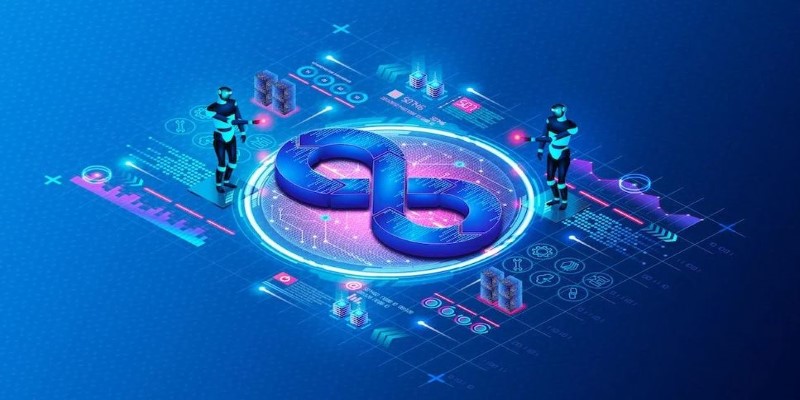
All AI initiatives start with data. The initial step is collecting huge volumes of data from multiple sources. But raw data hardly comes in a usable state. It needs cleaning, transformation, and labeling before it can be utilized to train models. MLOps simplify these operations, automating data preprocessing to minimize human error and guarantee quality. MLOps tools also assist in tracking data versions, which guarantees consistency between experiments and prevents confusion when revisiting old datasets.
Once the data is prepared, it’s time to build the model. During this stage, data scientists experiment with different algorithms and fine-tune parameters to find the best model. MLOps supports this process by offering tools that facilitate collaboration, experiment tracking, and model versioning. The goal here is not just to create a working model but to make the development process transparent and repeatable, allowing teams to scale their efforts efficiently.
After training, the model must be rigorously tested to ensure it performs well in real-world scenarios. MLOps helps automate testing and validation processes, run simulations, and compare models against fresh datasets. This step ensures the model's robustness and verifies its accuracy, ensuring it doesn't just work in theory but also delivers results when deployed in production.
Deploying a model to production is a critical stage. Without proper deployment, even the best model is useless. MLOps streamlines this process, using automated pipelines to deploy models consistently and quickly across various environments. Once deployed, continuous monitoring is key. Over time, models can degrade due to changing data or user behavior. MLOps tools monitor model performance in real-time, sending alerts and enabling teams to act quickly to maintain optimal performance.
The AI lifecycle doesn’t end with deployment. As new data surfaces and environments evolve, models must be updated to stay relevant. MLOps facilitates continuous integration and delivery (CI/CD) of AI models, ensuring that they remain accurate and effective through ongoing retraining, testing, and redeployment.
MLOps brings several benefits that make managing the AI lifecycle easier and more efficient.
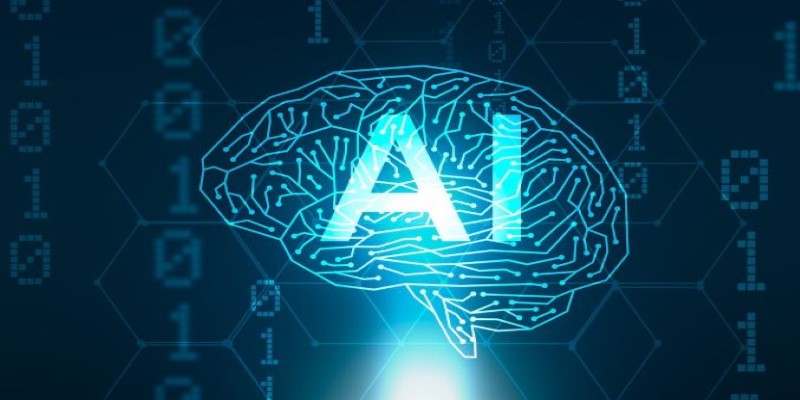
First, it improves collaboration between different teams. Data scientists, engineers, and operations staff can use shared tools and platforms to collaborate.
Second, it increases automation. Many tasks in the AI lifecycle, like data preparation, model training, and testing, can be automated. This saves time and reduces the chances of human error.
Third, MLOps makes models more reliable. Automated monitoring and logging ensure that any problem is detected early.
Fourth, it provides better scalability. With MLOps, organizations can deploy and manage multiple AI models across different environments without extra effort.
Lastly, managing the AI lifecycle becomes more cost-effective. Automation and standardization reduce operational costs and improve resource usage.
Despite its many benefits, implementing MLOps comes with several challenges. It requires the right infrastructure, tools, and a skilled team to manage the complexities of the AI lifecycle, which includes handling vast amounts of data, developing complex models, and supporting multiple environments.
Furthermore, security is a key concern, as AI systems often deal with sensitive data. MLOps practices must integrate strict security measures to safeguard both data and models. Building a collaborative culture between data science and operations teams can also be difficult, requiring organizations to invest in training and change management to bridge any gaps.
Looking to the future, MLOps will become even more essential as AI adoption continues to expand. Advancements in MLOps will prioritize better automation, improved security, and more intuitive tools. These developments will enhance model monitoring, automated retraining, and self-healing capabilities that address issues without human intervention. The integration of cloud and edge computing will further shape the future of MLOps, requiring solutions that manage the AI lifecycle across both environments.
Additionally, responsible AI will gain prominence, with MLOps playing a vital role in ensuring fairness, transparency, and accountability in AI systems. These changes will ensure that organizations can continue to leverage AI efficiently while addressing evolving technical, ethical, and operational challenges.
MLOps is vital for managing the AI lifecycle, ensuring models are reliable, scalable, and continuously improved. While challenges such as infrastructure, security, and team collaboration exist, the benefits of MLOps far outweigh them. As AI adoption grows, future advancements in automation, security, and user-friendly tools will make MLOps even more essential. Embracing responsible AI practices will ensure that organizations maintain fairness, transparency, and accountability while unlocking the full potential of AI for innovation and growth.

The development of chatbots throughout 2025 will lead to emerging cybersecurity threats that they must confront.
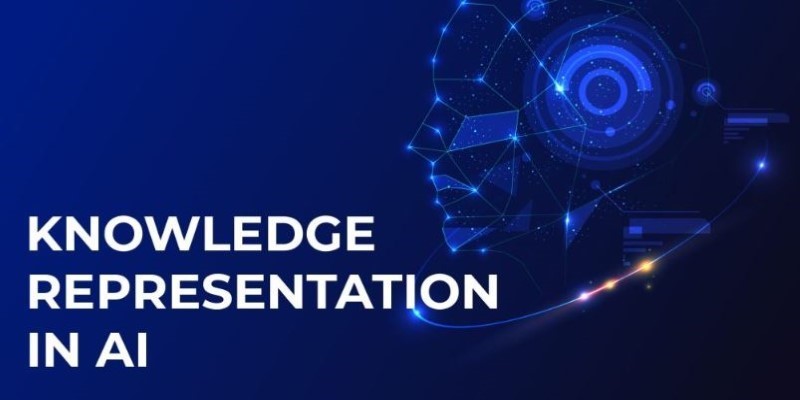
Knowledge representation in AI helps machines reason and act intelligently by organizing information in structured formats. Understand how it works in real-world systems
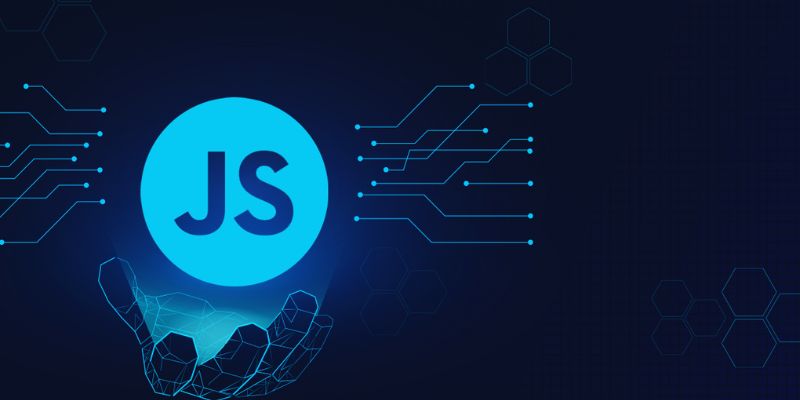
Know the pros and cons of using JavaScript for machine learning, including key tools, benefits, and when it can work best

Elon Musk’s xAI unveils Grok 3, a smarter and more candid AI chatbot, and announces plans for a massive South Korean data center to power future innovations in artificial intelligence

Zero-click buying revolutionizes eCommerce with effortless shopping and boosting sales, but privacy concerns must be addressed

To decide which of the shelf and custom-built machine learning models best fit your company, weigh their advantages and drawbacks

How to get started with sentiment analysis on Twitter. This beginner-friendly guide walks you through collecting tweets, analyzing sentiment, and turning social data into insight

How does Qualcomm's latest AI startup acquisition reshape its IoT strategy? Here's what this move means for edge intelligence and smart device performance
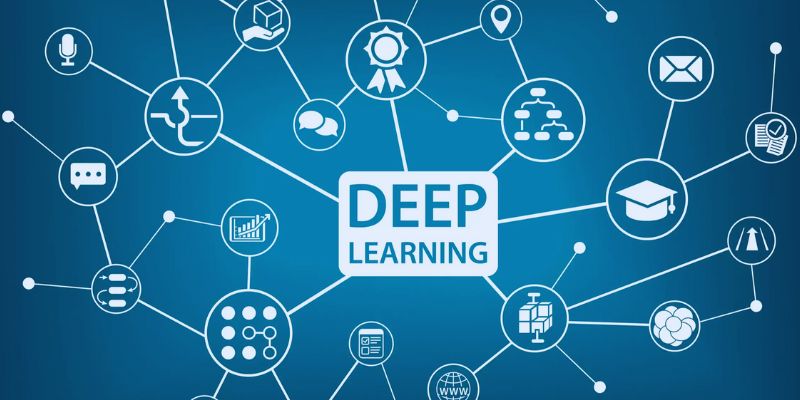
Fastai provides strong tools, simple programming, and an interesting community to empower everyone to access deep learning

AI in Agriculture is revolutionizing farming with advanced crop monitoring and yield prediction tools, helping farmers improve productivity and sustainability

AI for Accessibility is transforming daily life by Assisting People with Disabilities through smart tools, voice assistants, and innovative solutions that promote independence and inclusion
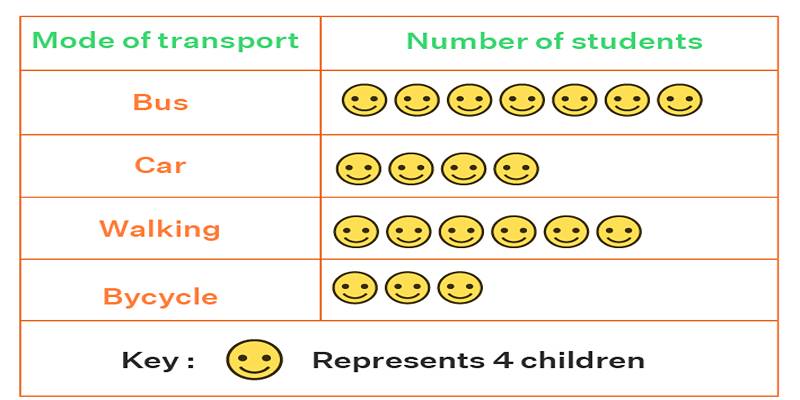
Learn what a pictogram graph is, how it's used, and why it's great for data visualization. Explore tips, examples, and benefits.